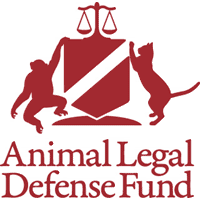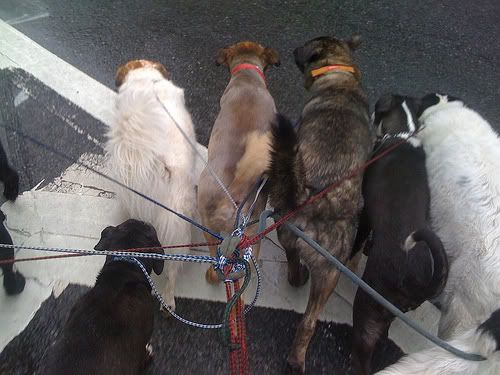
Animal career courses are exciting and new additions to many courses of study, including within the legal field, but that is not the only one seeing changes and passion about animals within the student body.
In 2008 a course called, “Animals, Culture and Food” was offered at the University of Iowa and it was so popular, another was quickly schedule along with a course on ancient and modern human relationships with dogs.
More and more animal classes are cropping up in the areas of law, religion, ethics, literature, visual art, ecology, sociology and other studies as the animal world becomes more complex and expands.
These animal studies were once hard to find, in fact, when I was accepted to the University of California system–US Davis did not have a behavior course and we discussed a “special major” type of program instead.
Today animal certifications and specialty courses delve into a wide variety of areas.
When I taught for the largest adult education provider in the USA, my courses were novel–but today they would be consider common place.
What is different is that high education institutions are offering more and more options in their humanities and social science departments.
Scholars involved in these practices can be found at the discussion portal called, H-Animal.
But perhaps one of the fastest growing fields is on the legal front since over 100 (actually closer to 120) law schools in North America and Canada offer law courses with an animal-centric bent.
But before 2000 there were only about nine law schools with animal courses.
When I added the book, Dog Law to my library–this career option was at its very early stages (1999).
One of the leaders in this field is the Animal League Defense Fund’s animal law program which reflects the interest people have in the human-animal bond but that is not seen as much in the legal realm as it is in society.
So today there are a wide variety of animal cases involving constitutional, family, criminal and estate law.
The wave of animal law began to become noticeable when both Harvard Law School and the Georgetown University Law Center announced courses on animal law (1999).
When I was working on my book that explored animals and ceremonies a few years ago, I talked with Paul Waldau.
Waldau has been a guest lecturer for legal courses and has taught ethics to veterinarians and many courses of animal in religion.
He believes that the interaction between humans and animals needs understanding and that it should spread beyond the legal realm to teachers, economists, communities of faith, journalists and other fields of specialty.
An increase in different education programs that involve animals is sparking change and excitement within many institutions.
I’ll be getting into more topics in the future but if you are interested in law–this is an area of specialty you might consider.
As always, I encourage you to keep an eye out for the Animal Career Secrets which will highlight trends and specific programs.
In the meantime, sign up on the email list for first notification!


